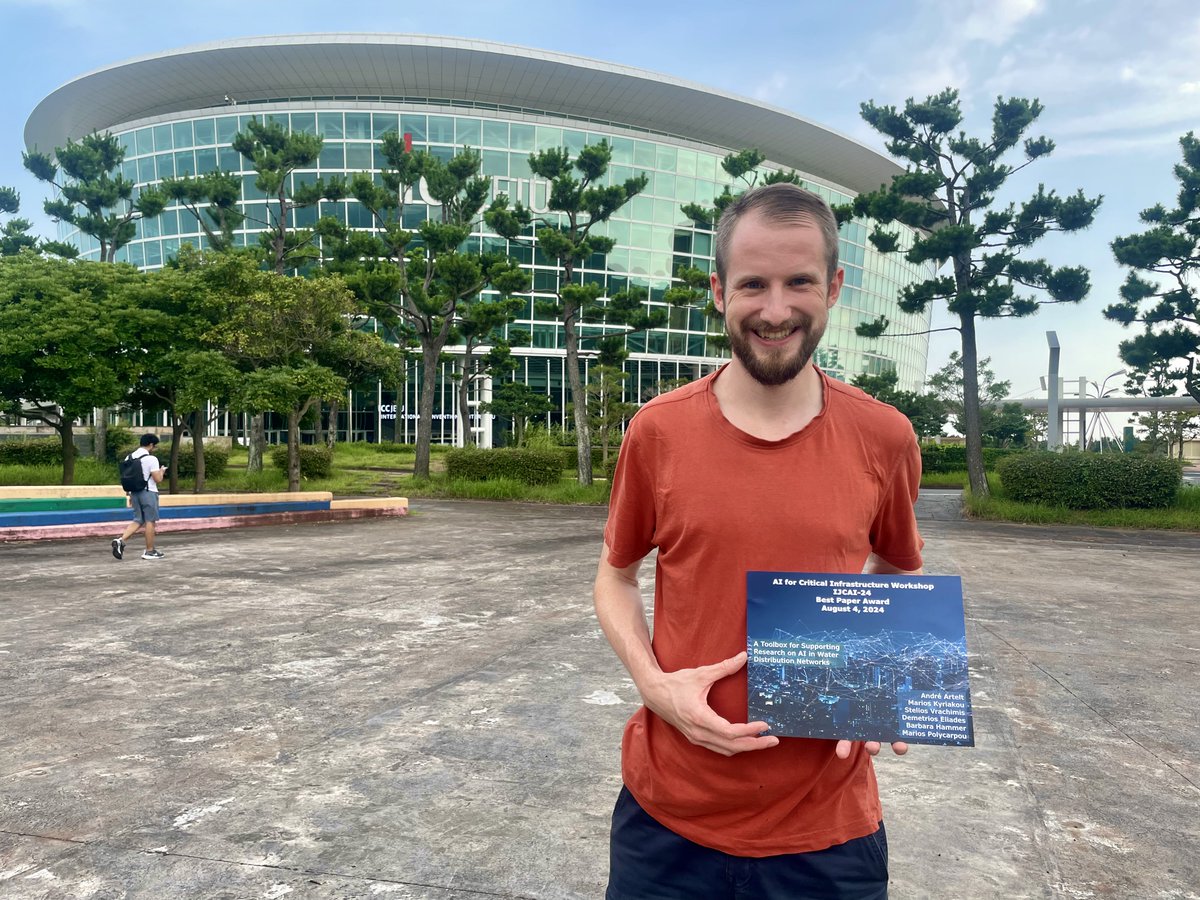
Dr. Ulrike Kuhl
@drulrikekuhl
Deactivated account as of 01/2025.
PostDoc @HammerLabML, pondering cognition, explainability, and machine learning. she/her
ID: 913777455013466113
https://ukuhl.github.io 29-09-2017 14:48:17
1,1K Tweet
451 Followers
647 Following





























